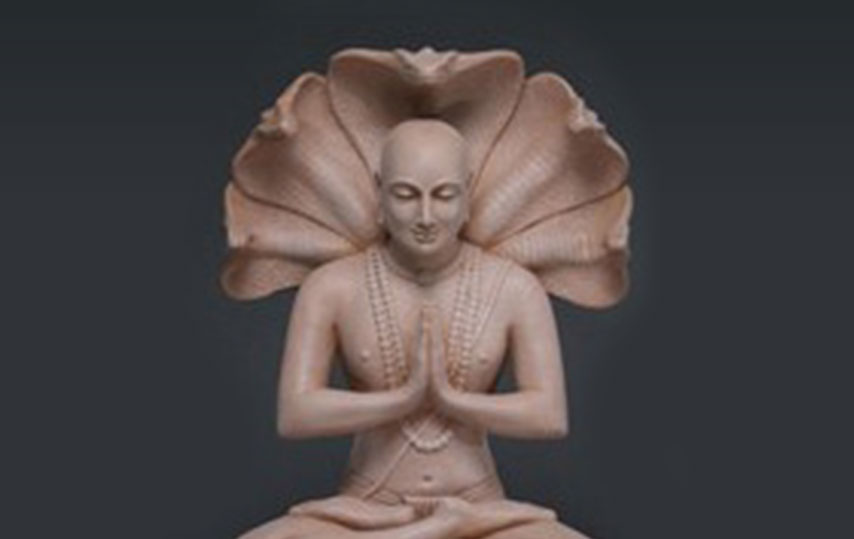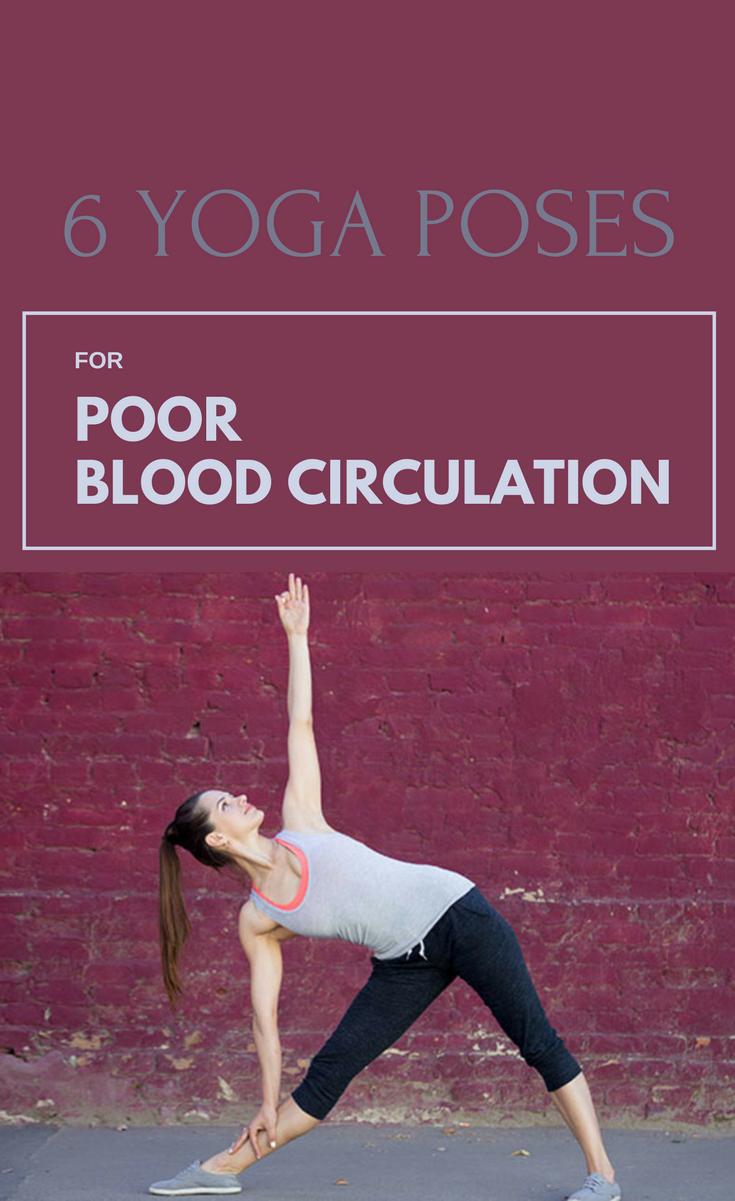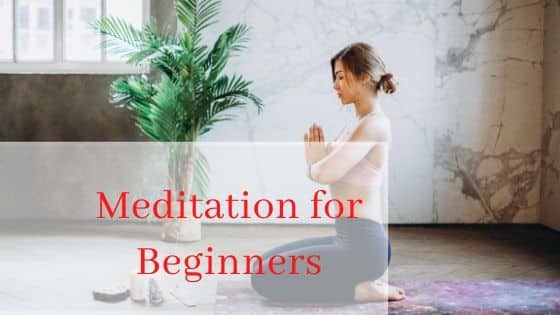
Restorative yoga uses props for support in asanas. These props are pillows, straps, and folded blankets. Props are vital for restorative Yoga because they help to reduce stress and relax. Props can also help you prepare for pranayama. Here are some benefits of restorative and therapeutic yoga. Learn how restorative practice can be a rewarding experience. The benefits of restorative yoga are numerous and they are well worth your time.
Props used in restorative yoga
Restorative poses are ones that allow the yogi support their body in a certain pose, without requiring them to use muscles. These poses are great for relieving chronic tension and allowing the body time to relax. They are also beneficial for chronic neck or back pain. Restorative yoga is often performed with props. Props can come in many forms. Props support and align the body while performing restorative poses.
Pillows, blankets and bolsters are all common props for restorative yoga. Props such as pillows, blankets, and bolsters allow the body to remain supported during restorative positions. Props must be selected in accordance with each person's abilities and limitations. Make sure to pay attention and consider your body's needs before you choose a prop.

Practicing restorative yoga
You can help your body to balance and stress-free by practicing restorative yoga. This yoga style uses props to hold a pose longer. Typically, these poses are held for a few minutes, though they can be held for as long as 15 minutes. Restorative yoga helps you to feel more relaxed and maintain a healthy body temperature.
A mat that can hold a bolster, or a folded blanket is necessary for restorative yoga. Pillows or bolsters can be used to provide additional support. They can be placed on your legs, ribs, and pelvis. A heavy, folded blanket can be used to support your head or shoulders. If you are a yoga practitioner who has practiced more vigorous styles of yoga, restorative poses might be challenging, but once you start practicing, you will feel the benefits of this type of yoga.
Benefits
Restorative yoga is a gentler version of the traditional Yoga poses. Restorative yoga's main focus is to allow the body to rest and relax. The body can use props to support it in restorative positions. This type of yoga has been practiced for centuries and is very beneficial for the body. It is suitable for all levels of fitness. It is particularly beneficial to those who are recovering after an injury or going through rehabilitation.
Relating to a single pose can help you achieve a deeper level of relaxation. This helps the body shift out of the "fight or flight" response that is commonly associated with the stress hormone cortisol. Restorative yoga encourages the release of muscular tension and the stimulation of the parasympathetic nervous system. It is beneficial for people suffering from chronic back problems and neck pain, and it can be adapted to fit any body type.

When to practice
You can relax by practicing restorative yoga. As long as you have a safe place to practice, it is possible to do it anywhere. Props will be needed to help you perform the poses. You can use anything from blankets to pillows as props. These props can help you relax and restore the health of your body. Even restorative Yoga can be done at home. Here are some yoga poses that you might like to try.
Only so far can active yoga take you before you start to feel the burn. Restorative and therapeutic yoga help you get out of your body's rut and become more flexible. You can use restorative postures to help you feel more relaxed and in better shape, regardless of whether you're looking for stress-relief poses or a full body workout. What are the best times to do restorative Yoga? The best rule of thumb is that you start slowly and gradually increase your intensity.
FAQ
Is yoga safe?
Yes! Yoga is considered to have low risks and is generally safe for everyone. However, speak with your doctor before beginning a yoga routine if you have any medical conditions or injuries.
How will my clothes fit after I practice Yoga?
Most likely, yes. Most yoga pants have elastic waists, and they stretch when worn. They should be loose enough to wear during a workout, and not feel constricting.
Unfortunately, yoga pants might not fit you well if weight loss has occurred recently. Consider wearing leggings, or shorts, instead.
Are yoga mats expensive?
A high-quality yoga mat can be purchased for between $20-$100, depending on its size or material.
Does yoga make me look like a hunk?
No! No, you won't look like a Hollywood celebrity after doing yoga. Yoga will make you look stronger, leaner and more flexible.
What has research shown about yoga for wellbeing?
Yoga has been found to improve mental well-being, reduce stress levels, and promote overall wellbeing. It also helps people lose weight and maintain a healthy body mass index (BMI).
Yoga can help reduce blood pressure, improve cardiovascular function and enhance immune system functioning.
These are only a few of the many benefits that yoga can bring.
The list can go on!
What happens to my yoga practice if it is stopped?
It is normal to lose interest after a while. Your body can become stiffer if yoga is stopped regularly. Poor posture, lack exercise, and simply ageing can cause stiffness.
Consider retaking some classes if you find the flexibility to be less than ideal. Also, make sure you're keeping up with your daily routine. Exercise helps strengthen your bones and muscles, so ensure you get enough sleep and eat well.
Statistics
- Lock in 25% off your Founding Member rate. (corepoweryoga.com)
- In comparison, a 125-pound person is estimated to burn 135 calories in 30 minutes of walking (at a pace of 15-minute miles) and 210 calories bicycling at a moderate pace on a stationary bike. (everydayhealth.com)
- The people in the yoga group were 37 percent more likely to have quit smoking by the end of the 8-week program. (nccih.nih.gov)
- About one in seven U.S. adults practiced yoga in the past 12 months, according to a 2017 national survey. (nccih.nih.gov)
- According to calorie estimates calculated at Harvard Medical School, the average 125-pound person burns about 120 calories in a half hour of hatha yoga, and a 185-pound person burns about 178 calories in that half hour. (everydayhealth.com)
External Links
How To
Is yoga a good option to lose weight?
This question can only be answered if you understand yoga. Yoga is an ancient form and exercise that originated from India. It was originally developed by Indian Yogis who wanted to achieve spiritual enlightenment as well as physical fitness.
Yoga focuses not only on strengthening the muscles but also relaxing the mind. The goal is to relax completely and be free from anxiety or stress. This can be achieved by focusing on breathing techniques or meditation.
Yoga involves many postures, or poses. These are meant to stretch and strengthen certain muscle groups. These poses are often held for several moments at a stretch. They may also involve rhythmic movements such as slow walking, jumping, or moving through mud.
The goal of yoga not to burn calories, but to increase energy is the main objective. As a result, most people who engage in yoga can maintain a healthy weight.
You'll be amazed at how relaxed you feel when you start practicing yoga. You'll notice a change in your mood and a better night's sleep.
You'll glow and look younger.
Yoga can help people lower their blood pressure.
Other studies have shown that yoga has helped reduce symptoms associated with depression.
It's important to note that yoga does not work like other forms of exercise. Instead, it works by increasing the flow of oxygen throughout the body. This allows the brain's to relax and release endorphins that trigger feelings such as happiness and pleasure.
Some people have difficulty losing weight due to genetics. You might not want to do yoga until you reach your ideal weight if you're one of those people.